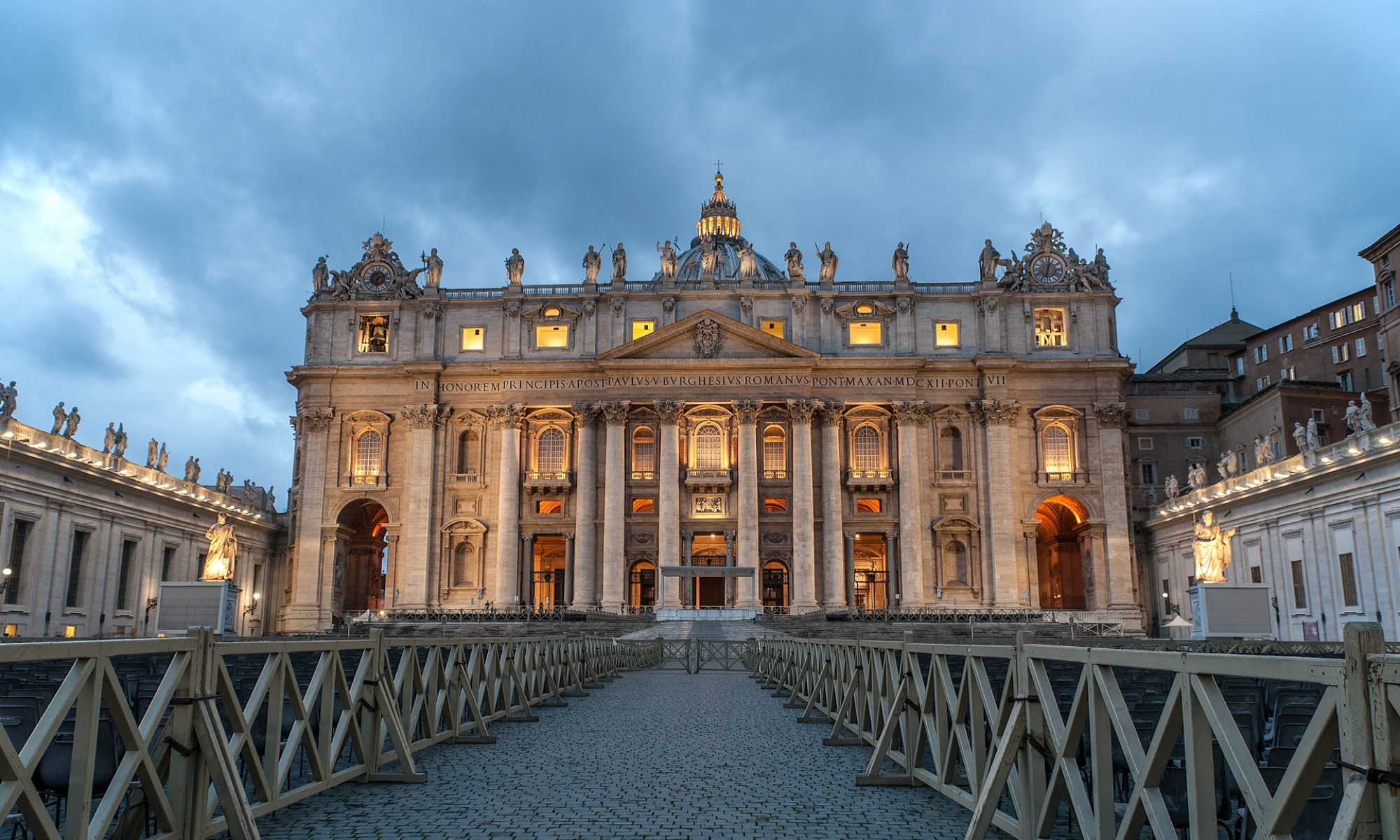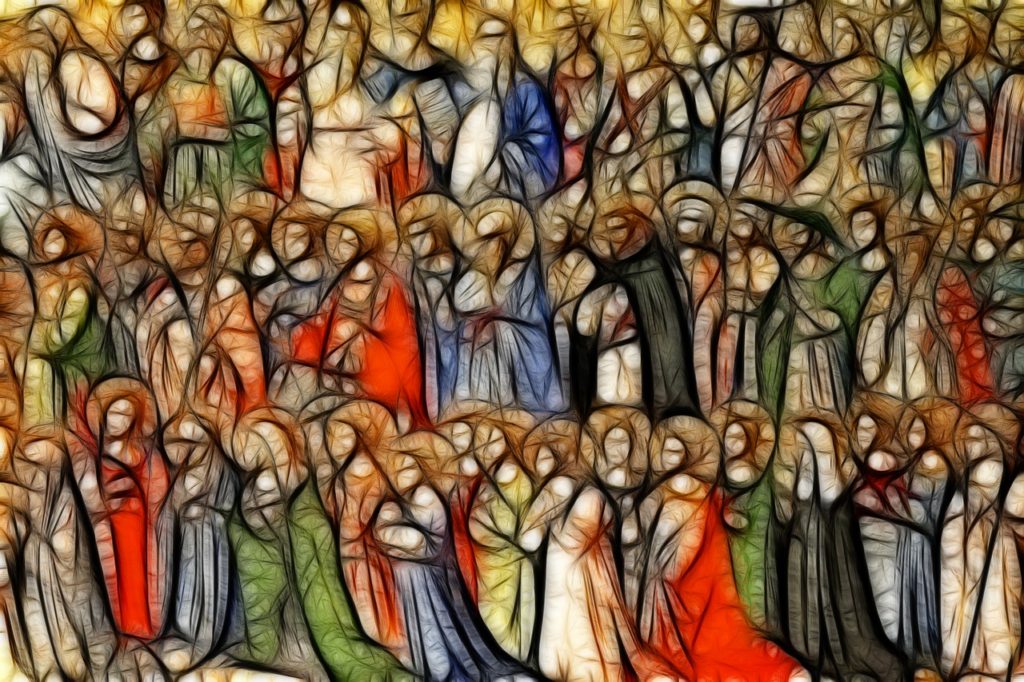“Today and Tomorrow: Imagining Theology” was the title of a conference organised by the John Paul II Pontifical Theological Institute on 5th May 2021, attended by three heavyweights of European Roman Catholic theology: Christoph Theobald (Jesuit, professor at the Centre Sèvres in Paris), Elmar Salmann (Benedictine, professor at the Pontifical University S. Anselmo) and Pierangelo Sequeri (Dean of the JPII Theological Institute). It was a good opportunity to hear what is brewing in Roman Catholic theological reflection in the face of the current crisis. It is impossible to account for all the ideas collected and the avenues evoked. It is no coincidence that these are profound authors whose thought cannot be reduced to a few lines. A few quick impressionistic hints will suffice for a concluding reflection.
More Catholic, Less Roman
Theobald started from John XXIII’s intuition, made his own by the Second Vatican Council, to redefine the magisterium of the Roman church into a “pastoral magisterium”. According to Theobald, the church withdraws from its role of absolute and hierarchical leadership and chooses one of accompaniment, with other subjects and alongside humanity. Its teaching is no longer dogmatic, but the voice of a tradition made up of traditions and articulated through multiple voices (official magisterium, theologians, the people).
Theobald sees in the figure of Pope Francis, who speaks of a multifaceted church and field hospital, of integral ecology, of all human beings as “brothers and sisters”, etc., a utopia generating the future. The eschatological language is what is needed to speak to the contemporary world. This utopia must be translated into Eucharistic hospitality (i.e. the Eucharist given to all who ask for it), shared ministry (married priests? women priests?), accompaniment of every human situation (beyond the distinction between “regular” and “irregular” life-styles) without questioning people’s life choices. It is evident that Theobald’s is a theology that stretches the Roman Catholic “catholicity”, i.e. its tension towards the encompassing universality, to the maximum and puts its Roman-centeredness, i.e. its rootedness in an imperial-sacramental ideological structure, in the background.
Unresolved Challenges
Salmann wondered about the challenges for theology to face the ongoing cultural transformation. Theology has to deal with three changes that have taken place and are still ongoing.
1. The emergence of democratic man. In the anthropological turn of modernity, other sciences have become the ones that speak to the contemporary man (sociology, economics, depth psychology, aesthetics). Theology no longer says anything. It is no longer salvation that distresses man, but health, wellness, well-being. Extreme freedom is demanded together with extreme equality, extreme security, extreme control, etc. You cannot have both, but the world wants them all at once. Today’s religiosity is agnostic and gullible, experimental and with a touch of mysticism, always reclaiming freedom from institutionalized “religion”.
2. The emergence of another form of Christianity. Christianity is today perceived as a ferment and not a doctrine, a trace and not a way, a comfort and not a direction. The image of God that most people have has passed from the eternal Father, Omnipotent Creator and Lord, to Jesus the Brother and Friend at my side. Then the age of the Spirit (the charismatic movements) came in followed by the God with feminine traits. The Magna Carta of today’s Christianity is no longer Paul (as it was the case with Protestantism), nor John (preferred by Eastern Orthodoxy), let alone Matthew (cherished by Roman Catholicism), but Luke 10 (the parable of the Good Samaritan), Luke 15 (the prodigal son), Luke 24 (the journey of the confused disciples). It is Luke, the gospel of the poor and of women, that is more meaningful today.The themes perceived as important are no longer “blood”, salvation, and truth, but freedom, therapy, and immediacy.
3. The emergence of a theology of divine unheard-of names. In the pre-modern era God was the criterion for everything (Judge, Holy, Eternal), but after Kant we must strive to find a reason why God deserves to exist for contemporary man. In order to make God palatable to an appetite-stricken world, other unheard-of divine names are sought: a God who is spherical (not squared), dialogical, hospitable, a “Franciscan”, friendly God. Will Roman Catholic theology be up to these challenges?
A Theology in Parables
Finally, Sequeri underlined the fact that theology must learn to speak in “parables” rather than in propositional discourses. In telling “parables” the church must decode its theology in narrative and existential terms, allowing the listeners to fill their meaning in. With Thomism, the medieval church took the philosophy of an atheist (Aristotle) and made a Christian system out of it; can it not do the same with the agnosticism of psychoanalysis and the economics of today?
In the gospels there are three actors: Jesus, the disciples, and the crowd. By analogy, today’s church must learn not only to speak to the “neighbours” (the disciples), but also use parables to the “distant” (the crowd), reaching out to the Zacchaeus, Centurions, and Samaritans of our day. According to Sequeri, while society apparently no longer needs God to function, it maintains a link with the “sacred” in the sense of having an idea of “consecration” and one of “sacrifice”. Even secular society knows what it wants to “consecrate” and what it wants to “sacrifice”. To consecrate means to protect, to defend for the good. To sacrifice means to remove and lose for the sake of good. Secular society also obeys the injunction of the sacred: it is clear about who and what can be sacrificed and what things can be consecrated. Theology must press society by unmasking the bad sacred and telling (in parables) about the sacred: not saying what God wants from us, but what He wants for us.
In these papers, especially those by Salmann and Sequeri, there is a perception of the crisis in which the traditional and official narrative of Roman Catholic theology finds itself. The diagnosis is alarming, and the prognosis is reserved. Even if the call to listen to the Word of God is present in the folds of these speeches, it seems to lead to an increased catholicity rather than an appeal to recover the biblical gospel. Imagining theology today and tomorrow remains an arduous challenge for Roman Catholic theologians. The simple reiteration of traditional accounts and answers do not fit.
These three Roman Catholic theologians are not fringe or isolated voices in Europe; they are all mainstream Roman Catholic scholars teaching at pontifical institutions or in highly qualified academic centers. Those who have a picture of Roman Catholic theology as a discourse based on a solidified and rigid tradition or staunchly grounded in the Catechism of the Catholic Church may find it difficult to square their view with what comes out of the conference with all its uncertainties, doubts, and awkward directions. Present-day Roman Catholic theology is not the shelter for those who look for doctrinal fidelity and “Roman” stability, but the workshop that tries to implement the “catholicity” of Vatican II in the face of the challenges of our day.

